HISTORY OF AZERBAIJAN OIL AND GAS
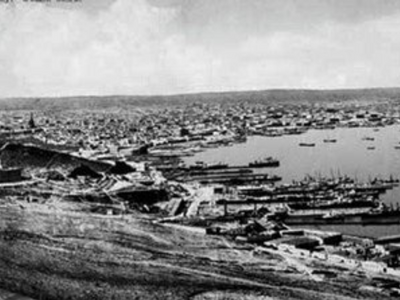
In terms of the absolute volume of extracted oil, the Baku oil industry was ranked first in the World. (producing 11,5 million tons per year, compared to the USA, which extracted 9,1 million tons per year.)
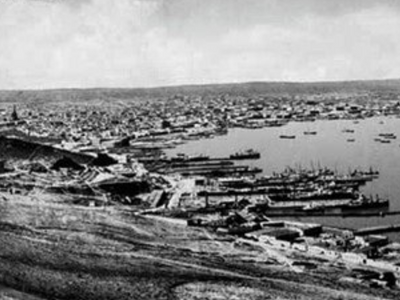
By producing 11 million tons of crude oil, 51.5% of global oil production occurred in Baku, Azerbaijan.
Baku becomes a center where the latest technologies in drilling, oil extraction, and manufacturing are developed and implemented.
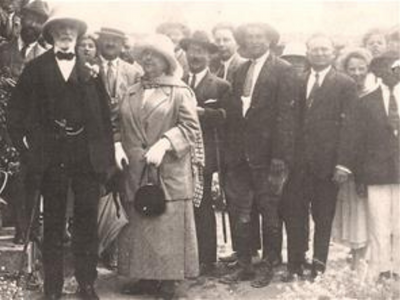
In November, the Emanuel Nobel (1859 - 1932) Prize was introduced in Baku.

For the first time in the World, the compressor application method was used in Balakhani.

The rotary drilling method was used in the Surakhani oil fields of Baku.

Professor M. M. Tikhvinski developed a new method of oil extraction by using compressed gas. It was applied for the first time by the Nobel brothers in one of the oil fields of Baku; this method was not used in the US until 1924.

Testing of the gas lift operation method was started at the oil fields of Ramana.
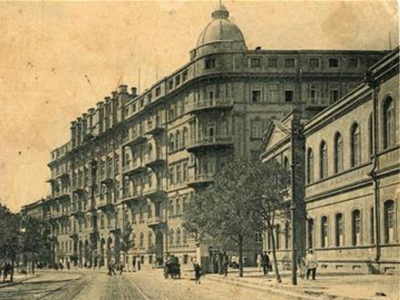
On November 13, the Azerbaijan Polytechnic Institute (currently Azerbaijan State Oil Academy) was established as Europe and Asia’s first higher education facility producing engineers for all branches of the oil industry.
The nationalization of the oil industry has been a turning point for the oil production of Azerbaijan.
The publishing of the journal “Azerbaijan Oil Industry” began.
The World's first well (Well N 71), built on wooden piles in the Bibiheybat Bay, produced offshore industrial oil. The World's first 600-meter-deep-oil well was drilled in Surakhani with the turbo-drill invented by Matvey Kapelyushnikov.
The “repeated well operation” method based on the injection of water and air into the gas blanket was applied in the fields of Balakhani.
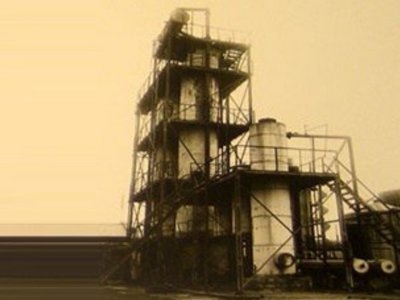
In Baku, Vladimir Shukhov, Matvey Kapelyushnikov, and Fatullabey Rustambayov invented a cracking unit recorded in the World’s oil history as “Soviet Cracking” to accelerate the processes.
Inclination measuring devices developed to measure the degree of inclination and for electronic logging in drilling were used for the first time in Baku.
An inclined well was drilled for the first time on the Pirallahi island.
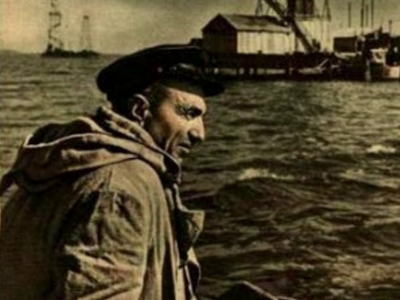
For the first time in the World, an inclined well 2000 meters deep was drilled in Baku by the turbine method invented by Aga Nematulla, one of the important oilmen of the sector, and this well started to be operational.
Azerbaijan produced 71,4% overall of Soviet (USSR) oil. This was stated as a significant contribution of the Baku Oil Industry to the Allies' Victory in World War II.
Since 1941, a total of 23,5 million tons of oil has been produced in Azerbaijan (except in 2006). This high production contributed to the victory of the Soviet Union in World War II. Further, it increased the role of oil in solving many problems related to the country's economy.
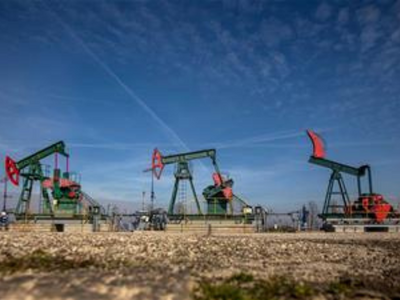
The offshore seismic survey method was developed; seismic data and the results of practical research were used.
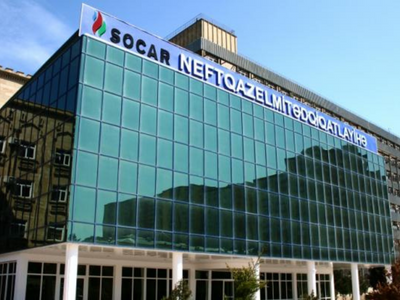
Denizneftqazlayihe, the World's first scientific research and design institute for oil and gas, was opened in Baku to design hydro-technical equipment for offshore conditions.
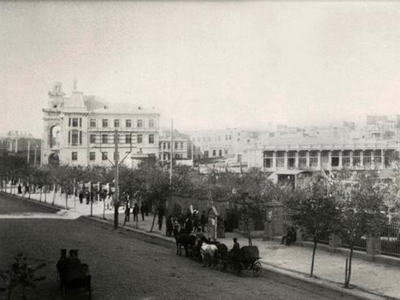
Azerbaijan opened many oil and natural gas fields and developed the infrastructure for oil production in the sea. For the first time in the World, a marine mine on poles was built in Azerbaijan. Metal savings, high efficiency, and cost-cutting in oil production were enabled in the country.
Hydro-technical complex installations were built in the open sea for the first time.
In the late 1960s, 8 new oil and natural gas fields were discovered, doubling the oil and tripling the natural gas resources in Azerbaijan.
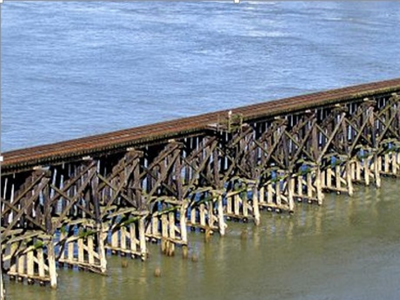
In the same period, many essential oil fields were also found on land and activated. Caspianseaoil Production Union was founded.
By the initiative of the all-national leader of the Azerbaijan people, Heydar Aliyev, drilling rigs, pipe-lay ships, crane ship, geophysical exploration ships, and other technical facilities used to support the activity of the drilling rigs were brought into the republic.
The billionth ton of oil was produced in Azerbaijan on March 28.
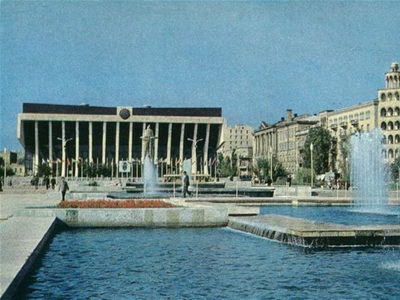
The total volume of oil and natural gas production reached 27,1 million tons.
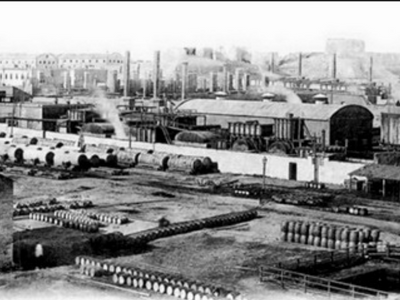
For the first time in global practice, Professor Bahadir Zeynalov worked on a process to obtain synthetic naphthene acids by directly oxidating oily naphthene hydrocarbons.
The operations started exploring oil and natural gas fields in deeper sea areas. The number of floating drilling facilities has reached 11. Gunesli, an oil field discovered in the period, currently supplies more than 60% of SOCAR oil.
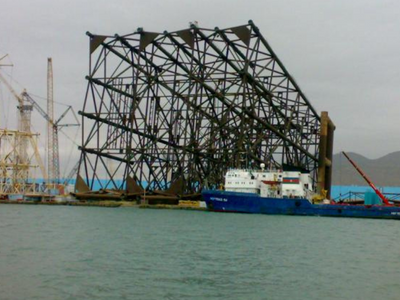
The Deep Water Jackets Plant (the current Baku Deep Water Jackets Plant named after Heydar Aliyev) was constructed and launched in Baku.
The “Chirag” field was discovered.
Restoration of independence was announced for the Republic of Azerbaijan.
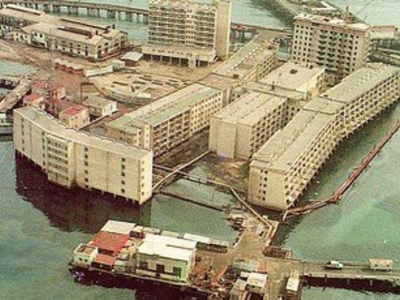
Under the Decree of the President of the Republic of Azerbaijan dated September 13, 1992, all oil and gas industry production units, enterprises, and scientific research organizations, including the whole infrastructure of the former Ministry of Oil and Gas, were merged into a single structure named "The State Oil Company of the Azerbaijan Republic."
SOCAR, the State Oil Company of the Azerbaijan Republic, was founded to manage the Azerbaijani oil resources most efficiently and offer value to these resources.
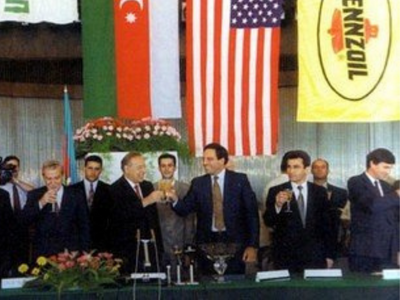
The strategic agreement, referred to as “The Contract of the Century,” regarding joint management of the Azerbaijani oil resources on the Caspian shores, was signed. The cosigners included 11 oil companies from 8 countries.
On June 4, BP, Statoil, LUKAgip, Elf Aquitaine (France) (the current TOTAL), OIEC (İran) (the current NICO), TPAO, and SOCAR signed in Baku a Joint Development Agreement for the Shah Deniz gas condensate field.
The Baku-Novorossiysk Northern Export Pipeline was put to service.
The Baku-Supsa Western Export Pipeline was put to service.

